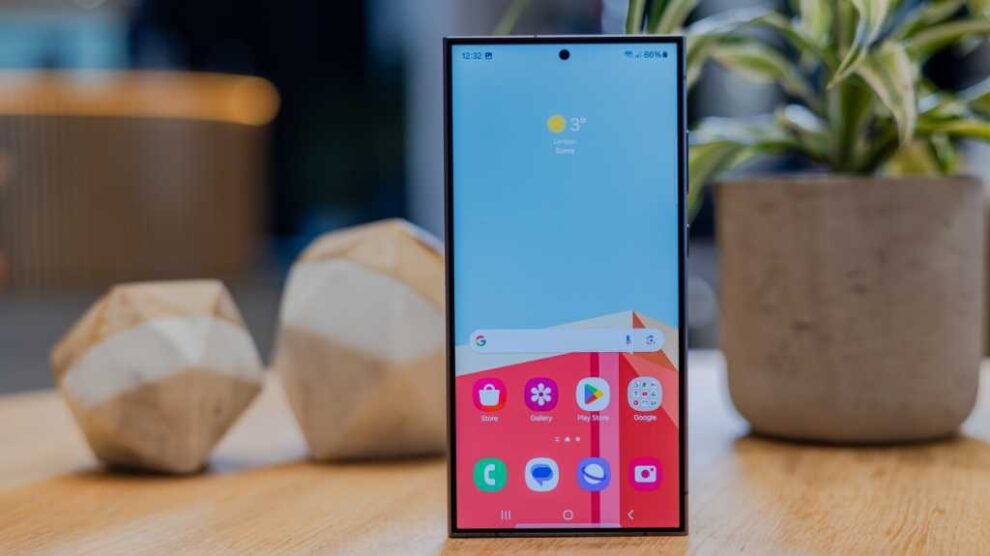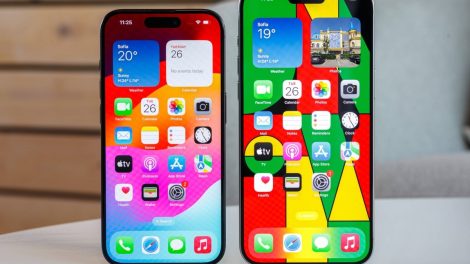The newly launched Galaxy S24 aims to dazzle users with its visually stunning 6.8” AMOLED display. But some early adopters are questioning if the phone’s vaunted Vivid mode is truly optimizing that brilliance as expected.
While Samsung stated the display is functioning properly, pockets of users insist the mode fails to boost color vibrancy. So what’s really going on here?
Let’s explore this display debate and see whether the S24’s panel requires a firmware fix, better user education, or just different personal preferences.
Understanding Display Modes and “Vividness”
First, what do we mean by display modes? Smartphones allow switching between different color profiles designed for varying use cases.
A common trio offered includes:
- Natural mode: Color accurate and balanced
- Vivid mode: Saturated with high contrast
- Cinematic/Amoled Photo mode: Enhanced without appearing overprocessed
So users anticipate the Vivid profile will dramatically boost color intensity for a striking, “popping” effect best suited to gaming or streaming videos.
Examining User Complaints Around the S24’s Vivid Mode
According to pockets of commentary on forums and social media, the Galaxy S24’s Vivid mode fails to showcase the quintessential verve its name suggests.
Some note colors appearing more muted than previous Galaxy editions, despite hardware upgrades. Others feel the profile is wholly washed out – dropping saturation instead of intensifying it.
Of course, display preferences are highly subjective. But many expect Vivid to deliver an ultra-dynamic experience on a flagship costing $1200.
Samsung’s Stance – It’s Working as Intended
In statements responding to the mild user outrage, Samsung asserted the Galaxy S24’s display is functioning properly in all modes.
They explain the profiles are calibrated based on extensive research around optimal color reproduction. So Vivid aims to balance vibrancy with natural accuracy.
Essentially, Samsung believes they are intelligently defining the modes instead of just dramatizing color arbitrarily. But should marketing match functionality more closely?
What Reviewers Report on the Vivid Mode
Looking beyond comments from Samsung and end users, display analysis experts like DisplayMate President Dr. Raymond Soneira can lend clearer perspective.
In his Galaxy S24 review, Dr. Soneira called the color accuracy “visually indistinguishable from perfect” – seeming to corroborate Samsung’s goals.
However, he did not specifically compare the intensity of Vivid mode versus other devices. So the verdict remains open for now.
Potential Explanations Beyond the Rhetoric
Barring unambiguous data, we can only speculate on factors potentially influencing the S24’s color rendering in Vivid mode:
Panel Variations
OLED display components from suppliers like Samsung Display and BOE vary slightly. So some panels may yield different color performance.
User Setting Interactions
Enabling other display options like color shifting or Eye Comfort Shield simultaneously may unintentionally counteract Vivid’s aims.
Algorithm Over-Optimization
Samsung’s color scientists may have dialed back saturation excessively in overzealously pursuing natural accuracy.
Personal Preference Skews Perception
Users feeling underwhelmed simply prefer the punchier, less accurate visuals from rival brands like OnePlus or older Galaxy phones.
Without clearer data or technical commentary from Samsung, we likely cannot know definitively. In the end, personal preference matters most anyway.
Striking a User Preference Balance
Every user perceives display quality differently. So rather than declaring consensus best settings, diversity in color profiles provides choice.
Some prioritize accuracy in formats like photos, videos, and films where reality portrayal is crucial for creative intent. Vividness risks distorting that vision.
Others favor ultra-dynamic color to amplify gaming immersion or media enjoyment. And contrast sensitivities also vary among people.
Perhaps the solution lies not in adjustable modes, but rather custom modes. Imagine dialing saturation and contrast to each user’s sweet spot natively.
For now, tweak your S24’s display through Settings > Display > Screen Mode to best suit your taste.
The Bigger Picture – Balancing Engineering and Expectations
This latest vividness controversy underscores the delicate balance phone makers navigate between technical capability and marketing hype.
Toppling expectations wrought from flashy branding risks alienating users. But pure visual showmanship absent scientific optimization risks stagnating meaningful progress.
Samsung’s understated delivery of a potentially oversold profile suggests earnest intentions perhaps not fully contextualized for buyers.
Still, understanding user interpretations of descriptors like “Vivid” helps ground engineering improvements in actual perceptual expectations from average consumers.
Marketing that bridges this communication gap remains vital for satisfying the visually discerning smartphone shopper.
The Vivid Verdict – Overhyped or Just Misunderstood?
In the court of public opinion, the Galaxy S24’s Vivid mode likely lands somewhere between overhyped and misunderstood.
Samsung seems to have objectively advanced color accuracy. But that conflicts with subjective interpretations of “vividness” that instead prioritize intensity and contrast.
In the end, no universally “correct” display exists. But options that cater to varying preferences help users select their optimal viewing experience.
As always, staying tuned as Samsung rolls out firmware updates can lend more insight into their evolving stance.
So what’s your take – is the S24’s Vivid mode working as intended or underserving expectations? Share your firsthand impressions below!










Add Comment